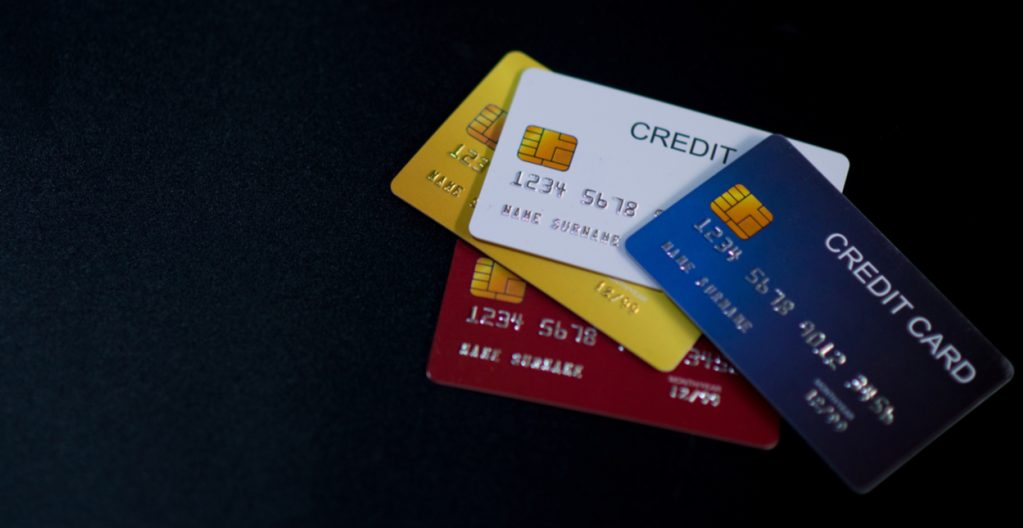Navigating the process of securing a credit card can be challenging, especially for individuals dealing with a sparse or damaged credit history. However, understanding the avenues available can simplify this endeavor significantly.
With limited or bad credit, you might think acquiring a credit card in the United States is a futile pursuit, but numerous options can facilitate this process. By becoming familiar with alternative routes and paying close attention to steps that help build credit, you can successfully obtain a credit card and improve your financial standing over time.
Understanding your credit situation

Before diving into the application process, it’s crucial to assess your current credit status. Having a clear picture of your credit score and the factors affecting it can guide your path forward. Those with little credit history, often deemed as limited credit, may find it difficult to be approved for traditional cards because servicers have little data to predict future credit behavior.
Similarly, those with poor credit histories may face similar hurdles, albeit for different reasons. Understanding the nuances of your individual financial standing allows you to make informed decisions. Begin by checking your credit score through services like FICO or VantageScore, and obtain your free credit report from annualcreditreport.com.
Secured credit cards: a viable starting point
One of the most effective ways for individuals with limited or poor credit to acquire a credit card is through secured cards. These financial products work on the principle of a security deposit, which acts as collateral in case of default.
The deposit typically mirrors the credit limit, creating a low-risk environment for card issuers. Using a secured credit card responsibly offers the dual benefit of acquiring a card and gradually improving your credit standing.
Make small purchases, pay your balance on time, and maintain a low credit utilization ratio to see positive impacts on your credit score. Over time, demonstrating reliability and responsible borrowing can enhance your credibility with lenders, potentially opening doors to unsecured credit cards.
Exploring other alternatives
If a secured card isn’t suitable for you, consider exploring other options like becoming an authorized user or seeking a co-signer. Joining an established credit account as an authorized user enables you to benefit from the primary cardholder’s credit history. It’s crucial to ensure the primary user maintains good financial habits, as their actions will influence your credit score.
Similarly, applying for a credit card with a co-signer could increase your approval chances. Your co-signer agrees to be liable for any debts you incur, reducing the risk for card issuers. Each alternative has unique benefits and considerations, so choose the path that best aligns with your financial situation and comfort level.
Building your credit profile
Once you successfully obtain a credit card, focus on building and maintaining a strong credit profile. The key is consistency and financial discipline. Begin by making timely payments each month. Timeliness accounts for 35% of your credit score, making it a critical factor in your credit-building journey.
Additionally, keeping your credit utilization below 30% of your total limit can substantially boost your credit score. Use budgeting tools or apps to keep your expenditure in check and ensure you’re staying within limits. Regularly monitoring your credit report helps you spot and rectify any discrepancies promptly.
Avoiding common pitfalls
As you navigate the credit-building process, be wary of common pitfalls that can hinder progress. One frequent mistake is maxing out your card limit, which can damage your credit score instead of improving it. Always aim to use only a fraction of your available credit.
Additionally, avoid applying for several credit cards in a short span, as multiple inquiries can negatively impact your score. Focus on maintaining one or two cards and use them wisely. Lastly, steer clear of making late payments, as these can linger on your credit report and undermine your efforts to improve your score.
In summary, although obtaining a credit card in the US with limited or bad credit can present challenges, acknowledging your current credit situation and utilizing tools such as secured cards or alternative methods can facilitate the process.
Selecting the right card and maintaining responsible financial habits will allow you to gradually enhance your credit profile, and, over time, pave the way for more favorable credit opportunities.

